Monday, May 31, 2010
RE262: A New Flagship from HifiMan
Friday, May 28, 2010
Future Sonics: New Engine, Better Dynamic
Monday, May 24, 2010
[REVIEW] Fischer Audio oldskool’70s – Blast from the Past
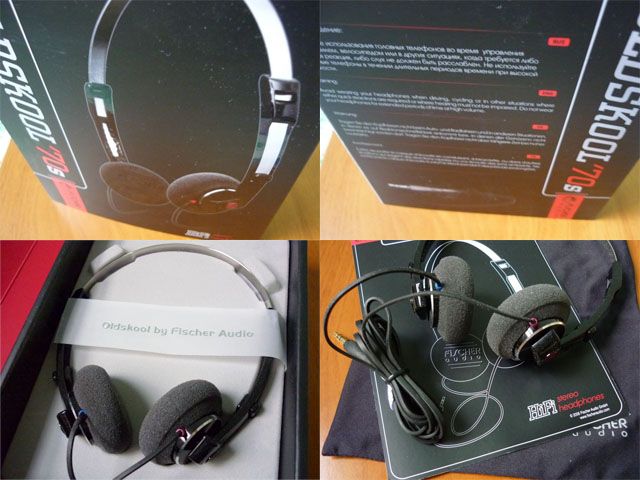
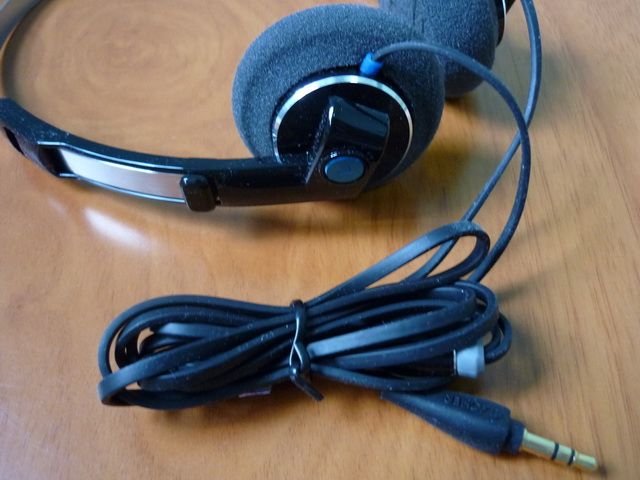
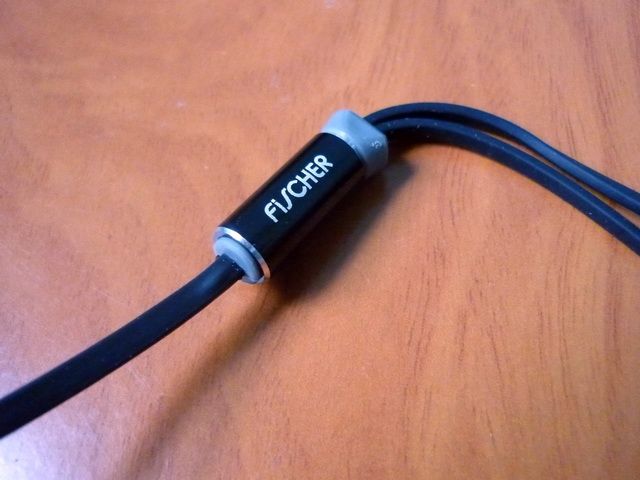
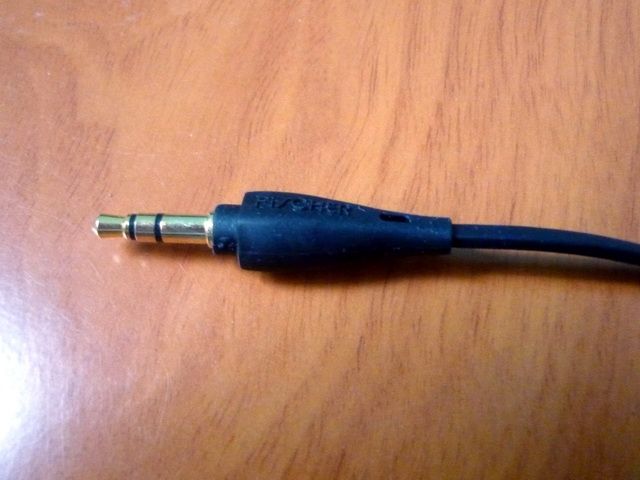
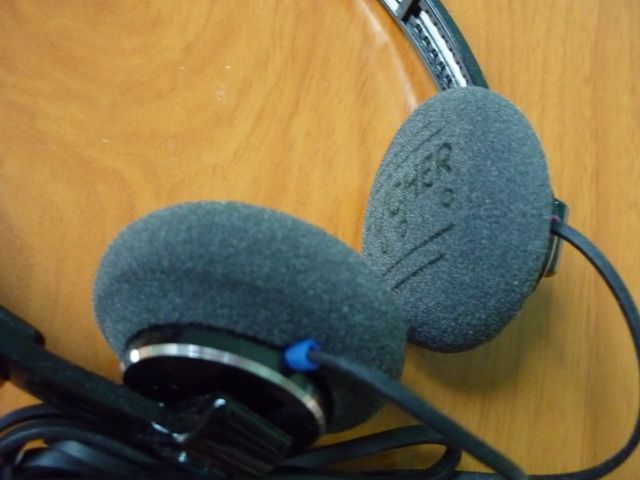

Friday, May 21, 2010
Balance of A Thousand Mysteries
Wednesday, May 19, 2010
[REVIEW] Fischer Audio - For Your Ears Only
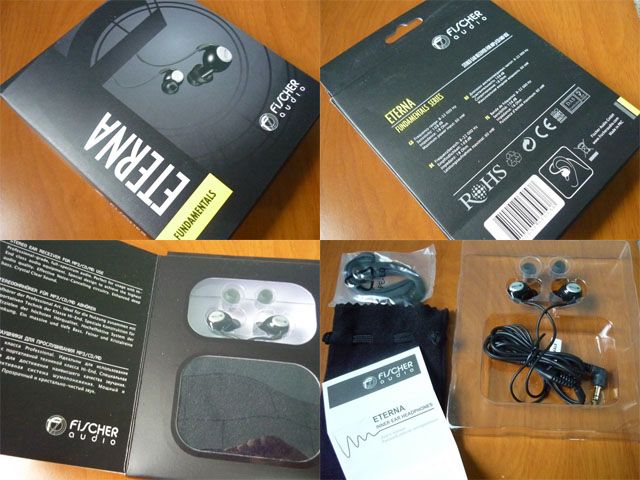
Sensitivity: 110 dB
Impedance: 18 Ohm
Input power: 350mW
Cable Length: 1.25m OFC cable
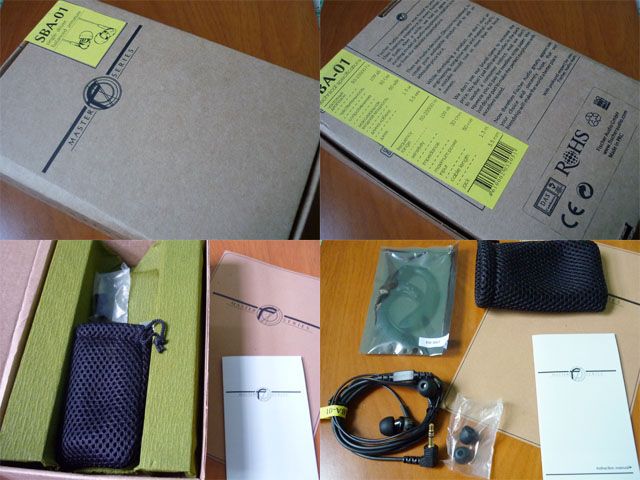
Sensitivity: 109 dB
Impedance: 30 Ohm
Input power: 50 mW
Cable Length: 1.3 m
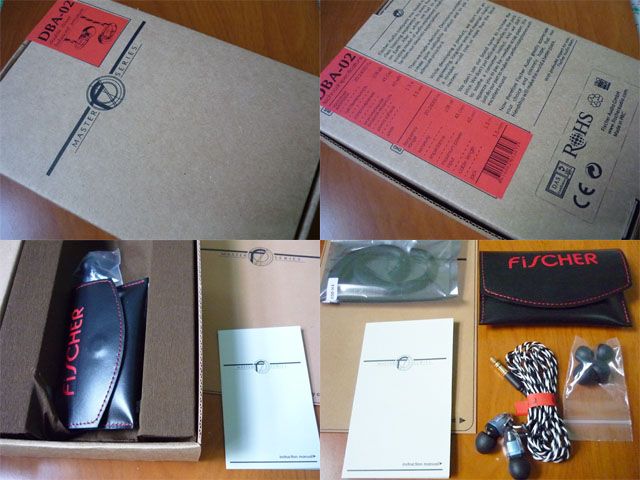
Sensitivity: 108 dB
Impedance: 43 Ohm
Input power: 60 mW
Cable Length: 1.3 m
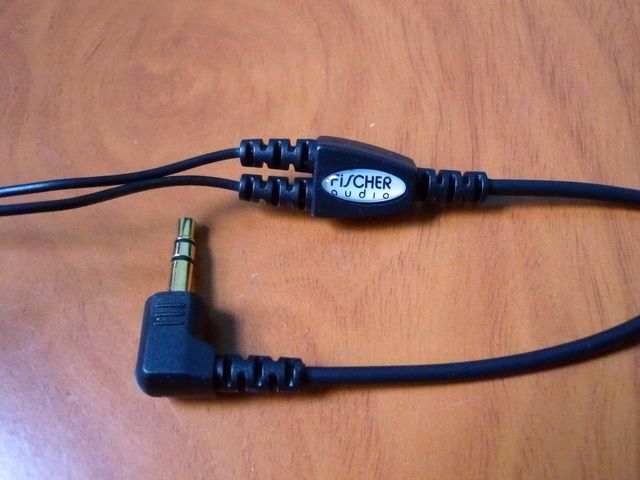
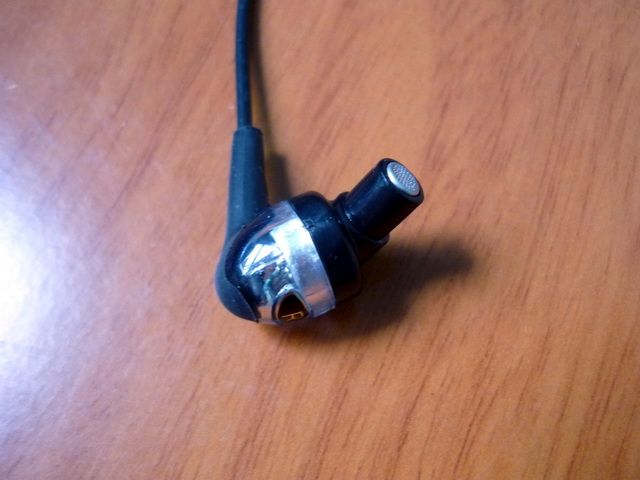
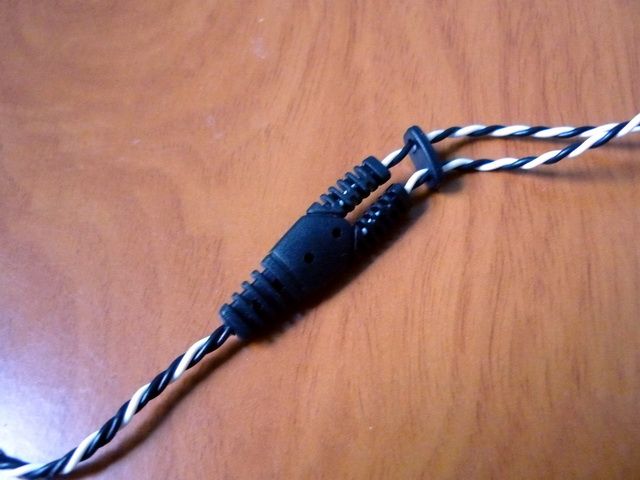


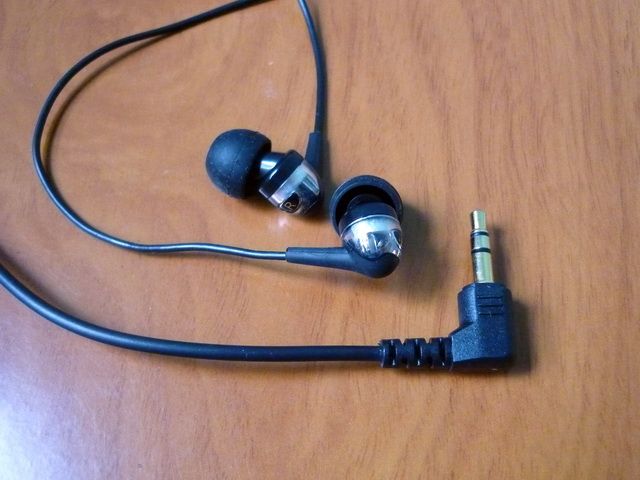
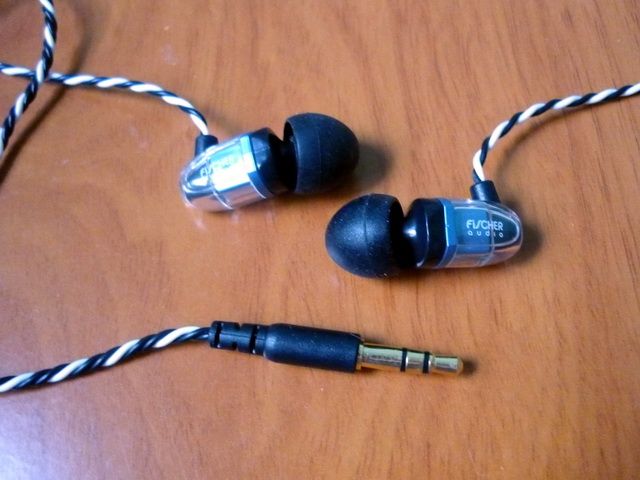
[UPDATE] I got words that the new Eterna I have could very well be a beta unit which might not be the same as the new revised version due to some shipping error. So this basically throw most of the conclusion I have out of the window and back to square one. I will keep the review intact but please read it with a grain of salt (not that you shouldn't in any review).
Saturday, May 15, 2010
M2 has a brother
Tuesday, May 11, 2010
[REVIEW] Brainwavz M2 - Beyond Gamma
For those who have been in the Head-fi forum for a while, you might have known the M2 by its other name, the ViSang R03. So why does a product end up with two different names under two different brands? ViSang is actually a fairly well known headphone manufacturer in China, but like many in the same business, they prefer OEM business for the oversea market as a way to minimize risk and cost. While they are distributing the R03 as their new flagship in their local Chinese market via their own established distribution network, the M2 will served as the ‘international edition’ that will be carried by Mp4Nation.net under the Brainwavz brand.
Spec
Transducer: 10.7mm Dynamic
Impedance: 20Ω
Sensitivity: 115dB @ 1mW
Frequency Range: 20 - 20,000Hz
Distortion: <= 0.3% @ 94dB
Channel Balance <= 2dB
Rated Input Power: 10mW
Maximum Input Power: 40mW
Plug: 3.5mm, gold-plated, L plug
Cable: 1.3m, Y-cord, Silver Plated OFC.
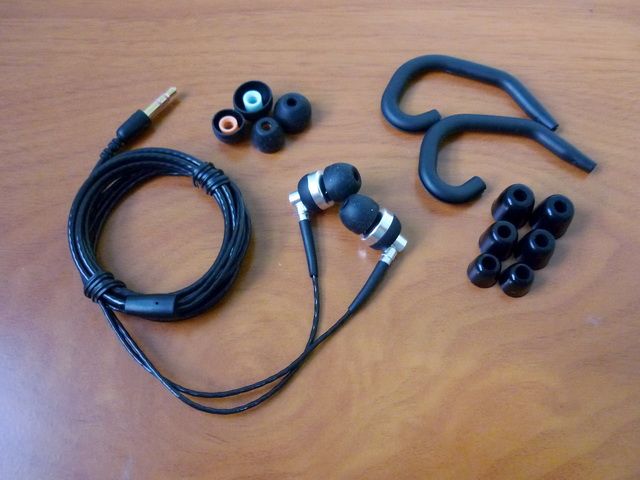
Build Quality and Accessories
Build quality is almost excellent, and far exceeding my expectation of its asking price (pre-sale for $50 and MSRP for around $65). The earpieces themselves are made out mainly of aluminum. The metal mesh filter is well cut to sharp and glued on, and better than most of the IEM in same class. The biggest selling point (build quality wise) is the cable. While SPOFC isn’t something uncommon even in this price range, the silver plated OFC wires on the M2 are twisted and sleeved together on each side, kind of like Westone cable with sleeve. Like Westone cable, it is very flexible and fairly tangle- and memory-free even after long period of coiling up in a bundle as long as you didn’t coiled it up too tightly, and it is just a bit springier then the un-sleeved Westone cable (which is totally tangle- and memory-free). The cable is a little microphonics from the Y-splitter up but totally silence from the Y-splitter down. To further improve microphonics, a shirt clip will be included in the final package. The inclusion of the ear guide also make wearing the IEM over-the-ear easier. Unlike in the sample unit I received, the final version will have an L plug like the beta Brainwavz instead of a straight plug like that in the picture. If there is one thing that I think needed something improvement, it will be the strain relief on the earpiece. They don’t look particularly as well made as the rest of the IEM and probably won’t hold on very well if you pull them really hard – so as a precaution I will recommend you not to try to remove the IEM from your ear by yanking the strain relief.
Accessories wise, you will get 3 pairs of good quality Sony Hybrid like single flange eartips, 3 pairs of foam tips, a pair of silicone ear guide, a hard case, a shirt clip. A soft pouch will also be included as well, though the hard case should be more than enough. To further sweeten the deal, MP4Nation also includes a one year one-to-one replacement warranty if there is any problem other than user’s error with the M2.
Microphonics is decent on the Y-splitter up and almost silence from the Y-splitter down. Isolation is above average. Due to the Sony Hybrid like eartips, it is fairly comfortable in long use.
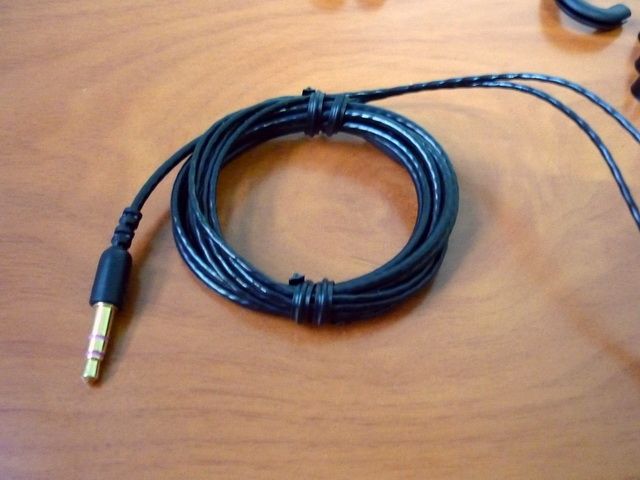
Sound Quality
As always, I clocked in over 100hrs on the IEM before the review though I didn’t really notice any significant change in sound characteristic. Since the overall signature is on the warmer and smoother side, plus the stock eartips work out quite well, I didn’t bother to change or experiment with other eartips. Compared to the previous Brainwavz models, the new M2 is quite a step forward, leaving the entry class and begin to invade the lower section of the mid-fi IEM world.
The overall sound signature is on the warm and musical side, but still maintains good degree of balance. While the treble is decently extended, it is in a smooth fashion and not quite as sparkly as I would like. Mid is fairly sweet with a slightly forward vocal, which works out really well but not overdone to the level of being mid centric. Bass is very snappy, impactful, dynamic and well bodied. It appears and scales out well when needed but doesn’t intrude into the mid. It serves as an accentuation rather than a distraction. Soundstage shows decent air and depth but lacks in width.
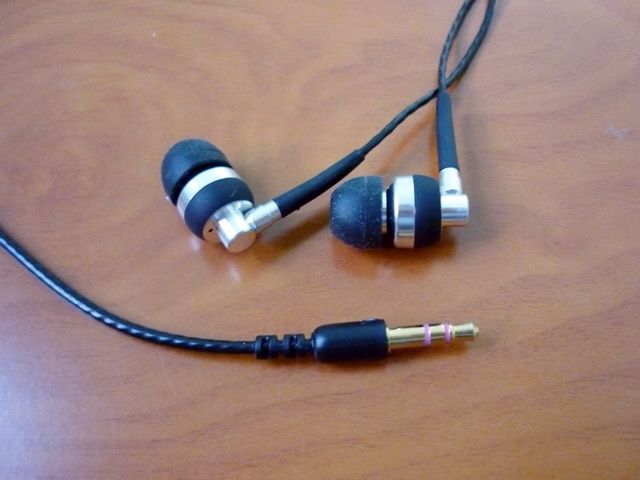
Verdict
M2 just shows us how far the IEM world has gone in the last few years. When I first joined Head-Fi.org, sound quality like that of the M2 would have been well over $150, and yet today it is priced far under $100. It is incredible that newer IEM in the lower price range continue to surprise us with better and better sound. This is going to drive the manufacturers of the middle price range IEM nuts as you can’t just simply sell a $150 IEM without being outdone or chased around by something 1/3 of your price!
While the original R03 is already at great value, the M2 is just a nicer package in comparison especially if you consider the pre-sale price of $50. It is almost a steal and I will recommend it with a SDA for the current pre-sale price.
The quick sum up can be found here.
Saturday, May 8, 2010
The Balancing Act
I just think some people put to much int clinical graphs just like some people put to much into snake oil. We should be able to draw some conclusions from each side but in the end we have to decide what we like based on what we hear and our own personal preferences.
A player that has treble roll off at 15K is not big deal for me cause that is where my hearing stops, for someone else this may be a huge deal. A player that dips in bass will not meet my approval as I like a lot of bass someone else may not care. A player with a crazy graph curve may match my personal preferences as to what I like in sound signature which is more enjoyable to me than a flat line.
You simply can't look at a graph and get the complete picture on how a player REALLY sounds but graphs can explain why a player has certain characteristics.
At some point if you don't let your own ears decide what you prefer then why bother even listening to music, just look at straight line graphs all day then.
Thursday, May 6, 2010
There and Back Again
Disclaimer: All trademarks and logos in the website belong to their respective owners. Beside getting free review samples, I don't work for or get paid by anyone to write anything on this website, or anywhere else in that matter. Also, free review samples are never sold for any financial gain. I do buy gears and review them, but for simplicity you (the reader) should always assume what I review is free sample in nature (and thus comes with all the bias). The website does have Google Ads and Amazon Associates enabled (which I have no direct control over their content) - though I don't write review for a living, nor does the ads generates enough money to cover my breakfast (in fact, not even one breakfast per week). Listening to music and playing with audio gears are purely hobby for me. In short, I am just an audiophiles who happens to have his own blog. Not a journalist who happens to be an audiophile. Oh, and excuse my writing as I am not a native English speaker and can't afford a proofreader. Also, just because I don't write in a negative tone doesn't mean I don't write down the negative aspect of a gear. Please read them carefully. Last but not least, please note that this site uses cookies to track visitors' number and page view.
Important: All postings are my own personal opinion only and should not be treated as absolute truth. I do get things wrong just like everyone else. Always do your own research!















